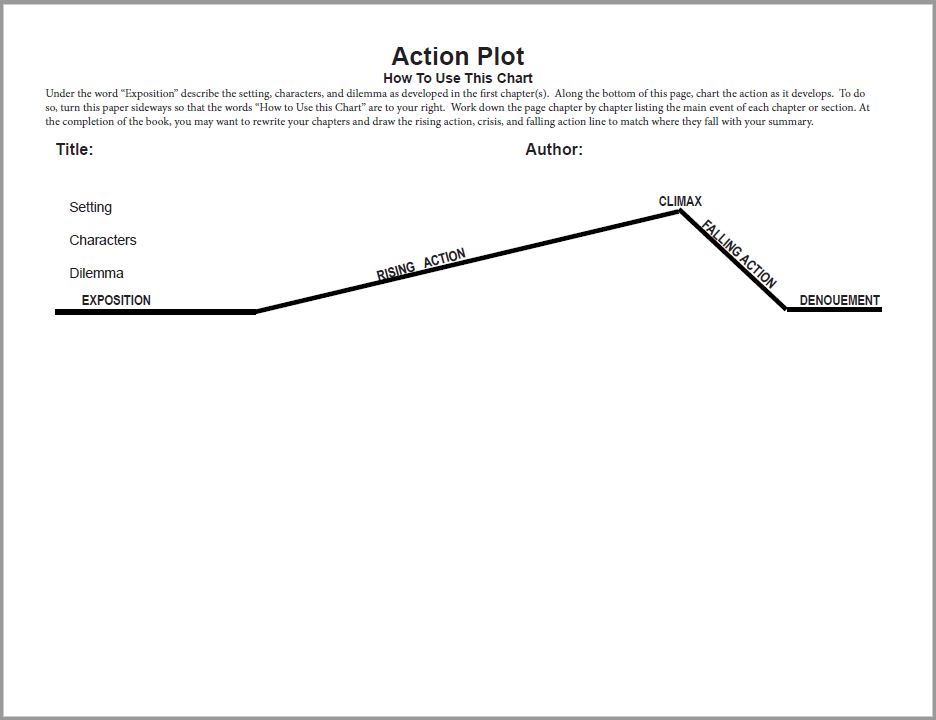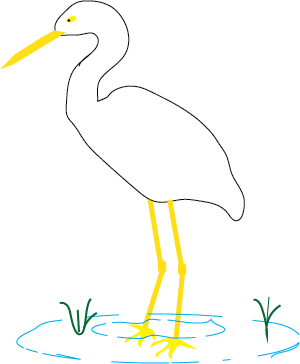
Action Plots
Download the FREE Action Plots Graphic Organizer

Download Below
What Is the Action Plot?
The action plot summarizes the story using these elements:Exposition: The Setting & Conflict
The exposition gives the background to the story. It includes the era and location of the main character. It also includes other characters and the main conflict of the story.The exposition is usually explained in the first chapter, or in some cases the first few chapters.
Plot Development: Rising Action
"The plot thickens:" this describes the development of the storyline. The conflict becomes more intense, additional characters complicate the matter, danger looms, and the reader continues to turn the page to see what is going to happen next.A simple way to plot the rising action is to provide a chapter by chapter summary of the conflict.
The Climax
The suspense comes to its peak as the main character faces the climax: that climactic moment where he/she/they face a decision or action that solves the problem or leaves it unalterably unsolved.The climax is also called the crisis. It is characterized by:
- Drama and suspense
- A turning point in the story line
- A decision that makes or breaks the main characters plan
Falling Action
The climax is not in the middle of the story, but tends to be at the end. Once the climax is past, there are other actions that occur because of the decision/action the main character took.Once you determine the climax, you simply need to determine what happened because of that climax.
Denouement
The end of the story (often the last chapter) is the denouement - or closing. It is a chance to wrap up the loose ends. It explains how the detective figured out whodunit, why previously suspicious behavior of an innocent party occured, what happened to the mother back at the ranch, any rewards or punishments that need to be dished out, and (of course) who gets the girl. Or the puppy. Or whatever.The denoument is the landing place for the story. It is the opposite of the exposition and tells where everyone ends up at the end.
Print the Action Plot Graphic Organizer
Use our FREE download to track and report the action plot of the book you are reading.

How To Use This Chart
Use this chart to record the action as the story develops.To do so turn the paper sideways so the diagram is on your right.
At the top of the page describe the exposition (setting) as developed in the first chapter(s). Remember this includes era, location, main character(s) and problem.
Work down the page chapter by chapter listing the main event of each chapter or section. It is probable that the climax will not line up perfectly in the first draft.br>
At the completion of the book, you may need to rewrite your chapters and draw the rising action, crisis, and falling action line to fit with your chapter summary.














